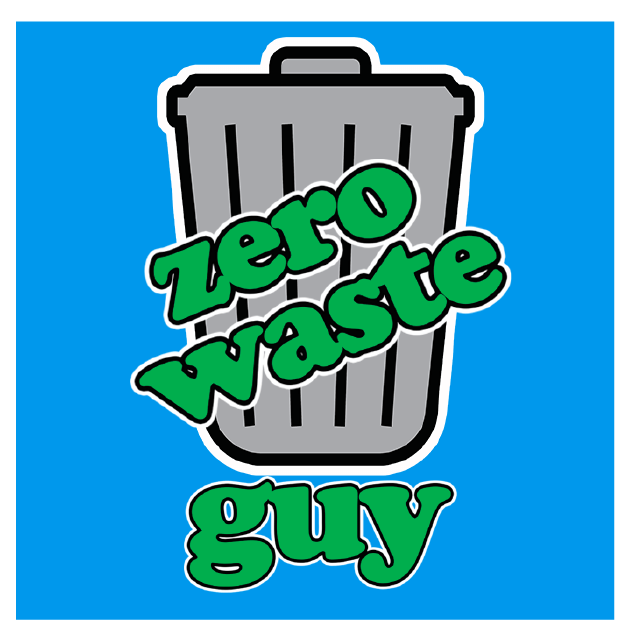Last week I shared with you my thoughts on toilet paper and its negative impact on the environment. It seems like a natural next step to then discuss one of the most pointless public toilet add-ons: the toilet seat cover.
But first, a brief aside.
I’m not sure why some experiences stick with me more than others, but here is one that comes to mind almost every time I find myself in a public restroom stall. Every year for most of my childhood, my family would take a few trips a year to Lake Tahoe for skiing in the Winter. I don’t remember where in Tahoe I was, or how old I was on this one particular occasion, but I have a memory involving one uncle in particular. I went to use the restroom at the resort and while I was washing my hands, he appeared from one of the stalls. I don’t remember the exact dialogue we had, but he referred to an ass gasket. I didn’t know what he was talking about, but once he explained to me that it was a toilet seat liner, I couldn’t get it out of my head.
A second aside…
Now back to business.
Toilet seat covers do nothing more than provide peace of mind. A project presented earlier this year at the California State Science fair by a USC undergrad surveyed 2500 adults on the use of toilet seat covers and toilet paper. She found that only about half of those surveyed use liners and each person, on average used 14 single-ply squares of toilet paper per flush. It should also be noted that a liner is equivalent to about 7 squares of toilet paper.
History
The best I can tell, toilet seat covers were created to provide a physical barrier between a person’s behind and the toilet seat for their perceived ability to prevent the spread of sexually transmitted and other infectious diseases. In an interview with Vanderbilt University Medical Center infectious disease specialist Dr. WIlliam Schaffner, MD, conducted by Huffington Post, he states that, “…toilet seats are not a vehicle for the transmission of any infectious agents — you won’t catch anything.” It sounds like they were created to provide peace of mind. Most toilet seat cover boxes are labeled with, “Provided by management for your protection.” Sounds like a marketing ploy, if you ask me.
Mass consumption
Only about one-quarter of humans from around the globe, but mostly Westerners, use toilet paper. With an average rate of 14 squares per #2, it takes 27,000 trees per day to satisfy demand. Fortunately, us Westerners are in the minority on this one. Could you imagine if everyone in the world started using toilet paper and seat covers like us? We’d run out of trees pretty quickly.
Impact
The purpose of this blog is to share with you ways in which you can help the environment. Some of my suggestions are easier than others. I can tell you from experience that adopting a vegan diet, for example, can be quite challenging. Halting the use of a paper toilet seat cover, on the other hand, can easily be implemented on your next trip to the john.
As I mentioned in my post last week on toilet paper, in a 2007 Huffington Post blog entry, Sheryl Crow became a laughing stock when she suggested that an effective way to fight climate change is by using just one square of toilet paper per visit. Just one! Seriously think about it. Going from 14 sheets to 1 is a reduction of 93%. If you currently use 14 sheets plus a liner (7 more sheets, or 21 total), that would be a reduction of 95%.
There are plenty of YouTube videos you can watch on how to wipe your bottom with just one sheet, but I’ll save you the trouble. The method asks that you wipe with your hand, then use the single sheet of TP to clean off your hand.
The next time you are on a public throne, bear this in mind: The most effective way to slow the spread of infectious diseases is by thoroughly washing your hands with soap for 20 seconds, then rinsing with warm water. This is especially important when using Sheryl Crow’s method for saving the world.

Recent Comments